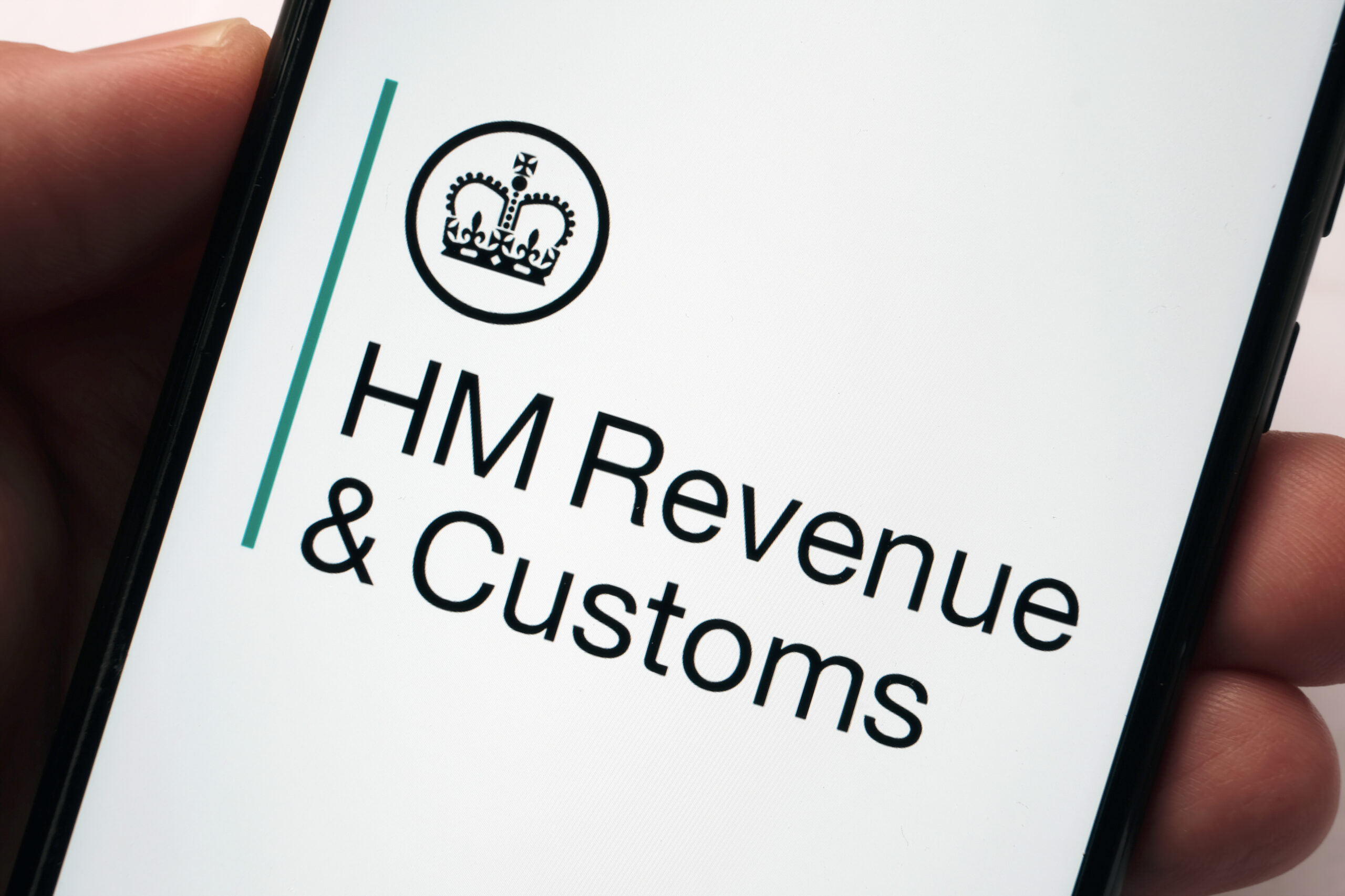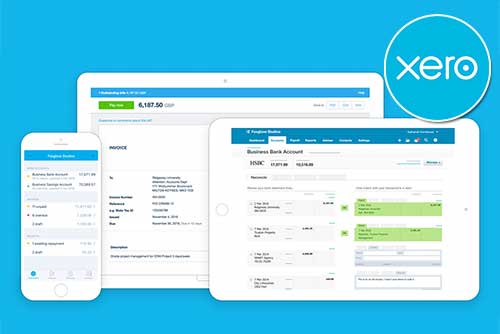How to Calculate Profit
Understanding profit is essential for anyone involved in business or financial management. Whether you’re a small business owner, an investor, or a student studying economics, knowing how to calculate profit accurately is fundamental.
In this article, we will break down the concept of profit, explain different types of profit, and provide step-by-step instructions on how to calculate profit effectively.
What is Profit?
Profit is the financial gain that is earned from a business operation after all expenses and costs have been deducted. It represents the surplus revenue remaining after all costs, including production costs, overhead expenses, taxes, and interest payments, have been subtracted from total revenue.
Types of Profit
In this section, we will delve into the intricacies of profit, exploring its various dimensions and classifications. Specifically, we will examine operating profit, gross profit, and net profit, elucidating their distinct roles in assessing a company’s financial performance.
Gross Profit
Gross profit is the difference between a company’s revenue and the direct costs associated with producing the goods or services sold, known as the Cost of Goods Sold (COGS). It indicates how well a company generates revenue from its core business activities while managing production costs.
Formula:
![]() Gross profit highlights the company’s ability to manage production costs efficiently and is a key indicator of business health.
Gross profit highlights the company’s ability to manage production costs efficiently and is a key indicator of business health.
Operating Profit
Operating profit, also known as operating income, is the profit a company earns from its normal business operations after accounting for operating expenses such as salaries, rent, utilities, and marketing costs. It is a crucial measure of a company’s core profitability.
Formula:
![]()
Operating profit provides insight into the company’s ability to generate profit from its ongoing activities without considering non-operational factors like taxes and interest.
3. Net Profit
Net profit is the final profit figure after deducting all expenses from total revenue, including operating expenses, taxes, interest, and any other non-operating costs. It is often referred to as the “bottom line” and reflects the company’s overall profitability.
Formula:
![]()
Net profit shows the total profit a company retains after all costs have been deducted, providing a comprehensive view of financial health and overall performance.
These three types of profit are essential in understanding a company’s ability to generate income and manage its expenses efficiently.
How to Calculate Profit
Calculating profit involves a fundamental analysis of a company’s financial performance, crucial for gauging its success and sustainability. By subtracting total expenses from total revenue, businesses can derive their profit, a pivotal metric in evaluating profitability and making informed strategic decisions. Here’s a general formula:
Profit = Revenue – Expenses
Steps to Calculate Profit
- Determine Total Revenue: Start by adding up all the income generated by your business from sales, services, or any other sources. Remember, revenue is not the same as profit. It’s the total income, not the amount left after expenses.
- Calculate Cost of Goods Sold (COGS): Identify the direct costs associated with producing goods or services, including materials, labour, and manufacturing overhead.
- Compute Gross Profit: Subtract the COGS from total revenue to find the gross profit.
- Deduct Operating Expenses: Identify and deduct all operating expenses incurred during the period, such as rent, salaries, utilities, and marketing expenses, from the gross profit to calculate operating profit.
- Subtract Non-operating Expenses: Deduct any non-operating expenses like interest payments, taxes, depreciation, and amortisation from operating profit to arrive at the net profit.
What Does Calculating Profit Tell Us?
Calculating profit provides valuable insights into the financial health and performance of a business. Here’s what profit calculations can tell us:
Financial Performance
Profitability is a key indicator of a business’s financial performance. A positive profit indicates that the business is generating more revenue than it is spending on expenses, signifying success and sustainability. Conversely, a negative profit suggests that expenses exceed revenue, highlighting potential financial challenges that need to be addressed.
Efficiency and Effectiveness
Profitability metrics reveal how efficiently and effectively a business is utilising its resources to generate revenue. A higher profit margin indicates that the business is effectively managing costs and maximising revenue, while a lower profit margin may indicate inefficiencies or challenges in controlling expenses.
Business Viability
Profitability analysis helps assess the long-term viability and sustainability of a business. Consistently generating profits over time is essential for business survival and growth. By understanding profit trends and patterns, businesses can identify areas for improvement and make strategic decisions to enhance profitability and competitiveness.
Investor and Stakeholder Confidence
Positive profits signal financial stability and growth potential, increasing investor confidence and attracting potential investors or lenders. Conversely, consistent losses or declining profits may raise concerns among investors and stakeholders about the business’s viability and future prospects.
Strategic Decision Making
Businesses can use profit data to evaluate the success of different products, services, or business segments, identify profitable opportunities for growth or expansion, and allocate resources effectively to maximise returns. Profitability analysis also helps businesses assess the impact of pricing strategies, cost-saving initiatives, and investment decisions on overall profitability.
Strategies to Maximise Profit
There are many strategies businesses can utilise to maximise their profitability:
Cost Management and Reduction
- Identify and eliminate unnecessary expenses.
- Negotiate better deals with suppliers to lower procurement costs.
- Implement cost-effective production methods and streamline operations to reduce overhead expenses.
- Invest in technology solutions that automate tasks and reduce labour costs over time.
Price Optimisation
- Conduct market research to understand pricing dynamics and the competitive landscape.
- Set prices that reflect the value offered to customers while remaining competitive in the market.
- Implement dynamic pricing strategies that adjust prices based on demand, seasonality, and other factors.
- Offer tiered pricing or bundle products/services to encourage upselling and increase average transaction value.
Revenue Diversification
- Expand product or service offerings to cater to different market segments or address emerging customer needs.
- Offer subscription-based or recurring revenue models to create a steady stream of income and increase customer lifetime value.
- Leverage cross-selling and upselling opportunities to maximise revenue from existing customers.
Customer Retention and Loyalty
- Focus on delivering exceptional customer experiences to build loyalty and foster long-term relationships.
- Implement customer retention programs, such as loyalty rewards or membership perks, to incentivise repeat purchases.
- Provide personalised offers, recommendations, and support to enhance engagement and loyalty.
- Invest in customer relationship management (CRM) systems to track customer interactions and tailor marketing efforts accordingly.
The Importance of Calculating Profit
Understanding how to calculate profit is crucial for assessing financial performance and making informed decisions in business and financial management. It provides valuable insights into a business’s financial health, efficiency, and viability, influencing investor confidence and strategic decision-making. By implementing effective strategies such as cost management, price optimisation, revenue diversification, and customer retention, businesses can maximise profitability and achieve sustainable growth.





















